Title: Systematic Review of the Use of Mini Midline Catheters in Adults and Children
Journal: Journal of Vascular Access (JAVA)
50k.png)
Objective: This article provides a comprehensive summary of the experiences with mini midline catheters in various hospital settings, based on a systematic review of a large body of relevant literature. The aim is to determine that mini midline catheters are superior to peripheral intravenous catheters in terms of dwell time and insertion success rate.
Methods: Literature searches were conducted in PubMed, Scopus, Medline, Web of Science, and the Cochrane Library using the following keywords: "long," "Seldinger," "guidewire," "peripheral," "vein," "vascular," "catheterization," and "catheter."
Results: A total of 341 papers were collected, of which 16 were included in this systematic review. Eleven adult studies and five pediatric studies documented the use of 1,288 mini midline catheters in 1,271 patients. The most commonly studied mini midline catheter was 8 cm in length and 20 G in size. Nine studies included patients with difficult vascular access; eleven studies used ultrasound guidance. The success rate of catheter placement ranged from 86% to 100%, with an average insertion time of 8 to 16.8 minutes. The average dwell time of the catheters ranged from 4 to 14.7 days.
Conclusion: Compared to peripheral intravenous catheters, mini midline catheters reduce the incidence of catheter-related complications and improve the quality of clinical care in intravenous therapy.
Background:
1. In recent years, the clinical use of mini midline catheters in patients with difficult vascular access has become increasingly popular.
2. Many emergency patients require hospitalization and extended intravenous therapy.
3. Mini midline catheters can reduce the number of peripheral intravenous catheters needed for patients receiving 7-28 days of intravenous therapy and decrease the incidence of catheter-related complications.
Methods:
Study Subjects:
1. Inclusion: Any major research articles (randomized controlled trials (RCTs) and cohort studies) describing the use of mini midline catheters (long peripheral catheters) inserted using the direct Seldinger technique. Studies involving both adult and pediatric patient populations were considered for inclusion in this review.
2. Exclusion: Case reports, editorials, and articles published as abstracts.
Implementation:
1. Two authors (K.Q. and N.E.) independently conducted the literature search and data integration. All potential studies were reviewed and critically assessed according to predetermined inclusion and exclusion criteria to ensure the accuracy of the data included. The two authors independently extracted relevant data from all included studies, and any disagreements regarding study eligibility were resolved through discussion with a third author (M.P.).
2. Sixteen studies were analyzed, reporting the use of 1,288 mini midline catheters in 1,271 patients. The clinical usage data were summarized and analyzed.

Results:
• Ten studies focused on DIVA (difficult intravenous access) patients, with all mini midline catheter insertions using ultrasound guidance (USG).
• Insertion success rate: 86%-100%
• Average insertion time: 8-16.8 minutes
• Average dwell time: 4-14.7 days
• Four randomized controlled trials, three of which compared the use of mini midline catheters and peripheral intravenous catheters in adult patients:
1. Each patient received a set of catheters (randomly assigned) at the time of trial participation. Mini midline catheters had lower catheter dwell time (6.2 days vs. 3.5 days, p=0.02), total failure rate (14.0% vs. 42.9%, p < 0.0001), and dislodgement rate (2.3% vs. 40.5%, p < 0.0001) compared to peripheral intravenous catheters.
2. Patients received multiple catheters, with 105 and 106 patients receiving 108 mini midline catheters and 231 peripheral intravenous catheters, respectively. Mini midline catheters significantly improved dwell time (9 vs. 3 days, p=0.01) and failure rate (16.4 vs. 185.9 per 1,000 catheter days, p < 0.01).
3. In a third randomized controlled trial involving 70 emergency patients, mini midline catheters demonstrated longer lifespan (4.0 vs. 1.3 days, p=0.002).


Conclusion
The insertion of mini midline catheters under ultrasound guidance is a safe and efficient option for both adults and children, particularly in emergency departments, intensive care units, and medical wards.

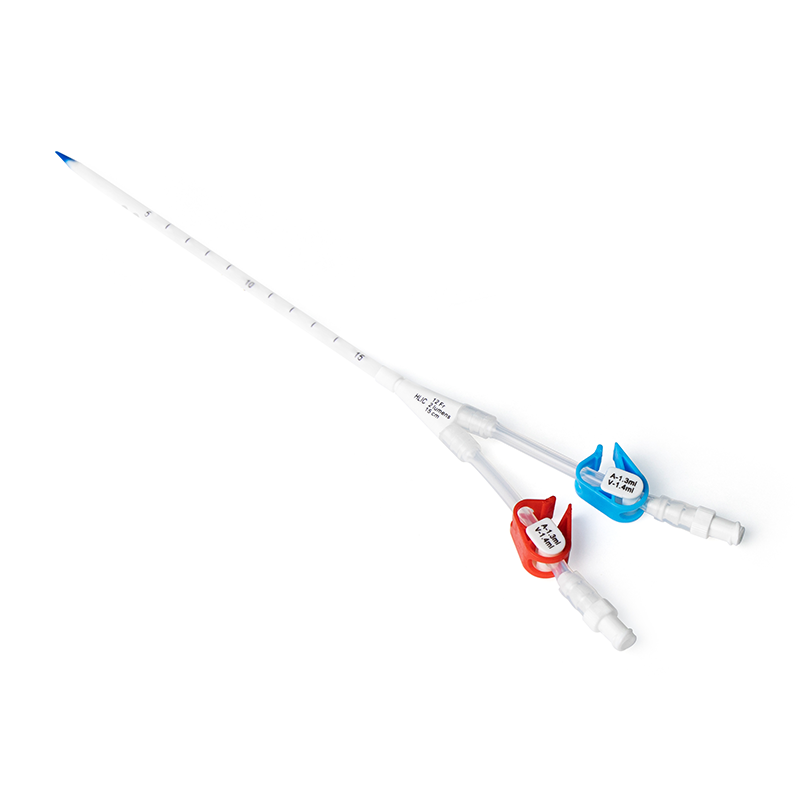
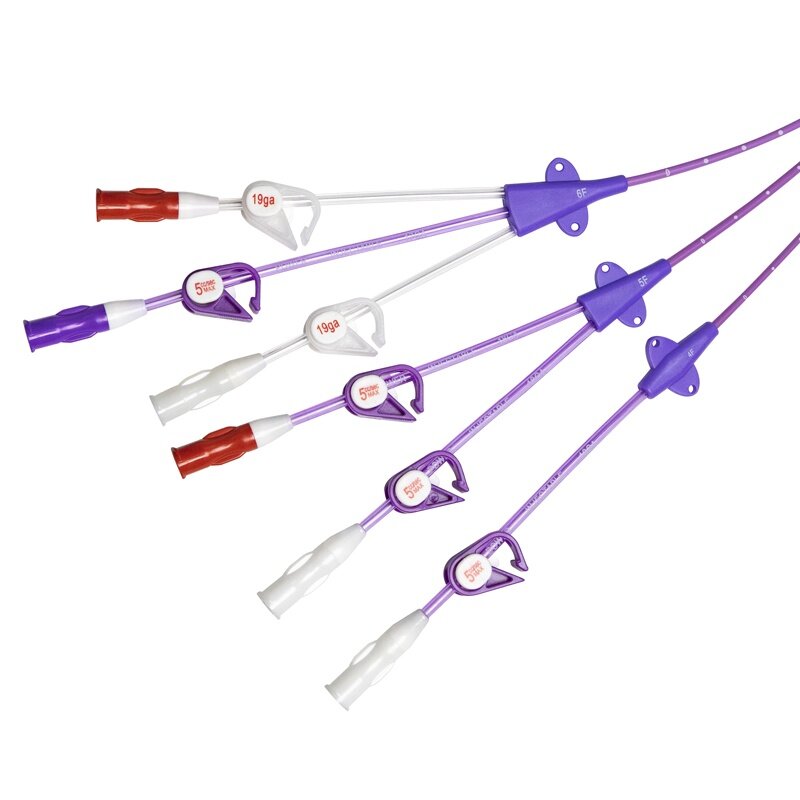
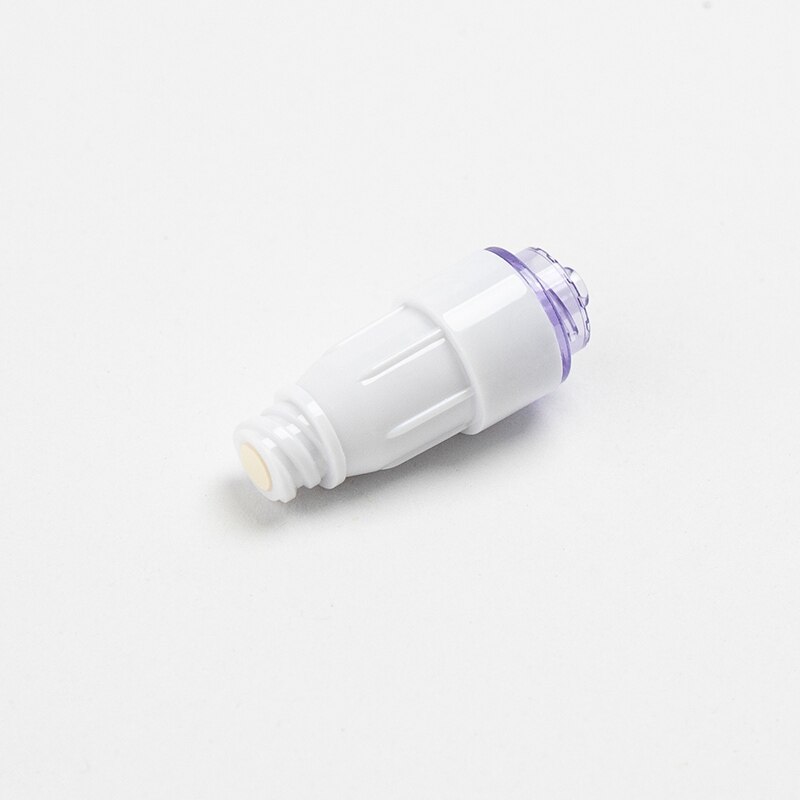
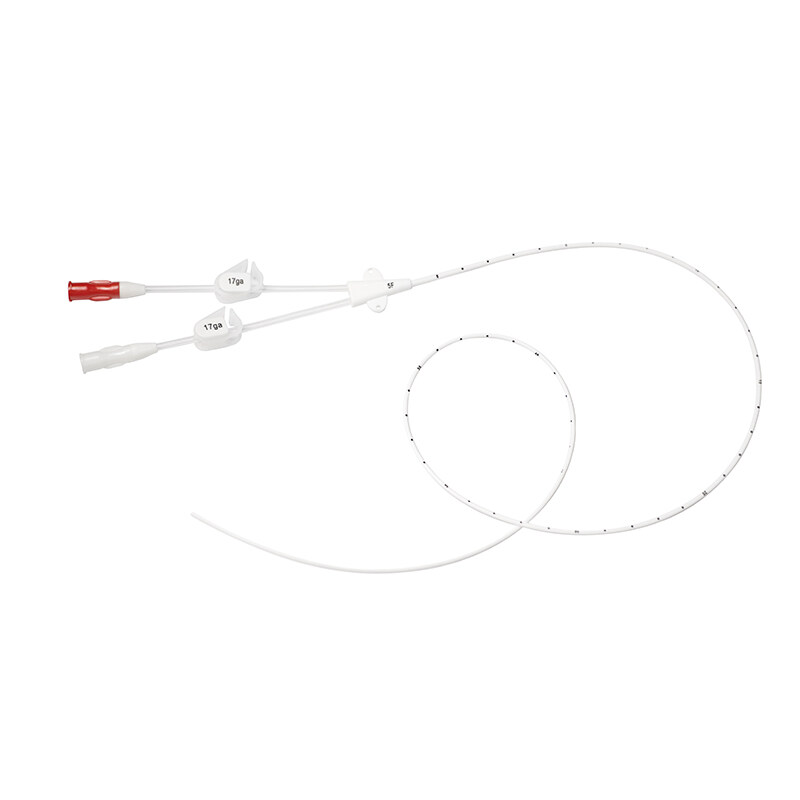
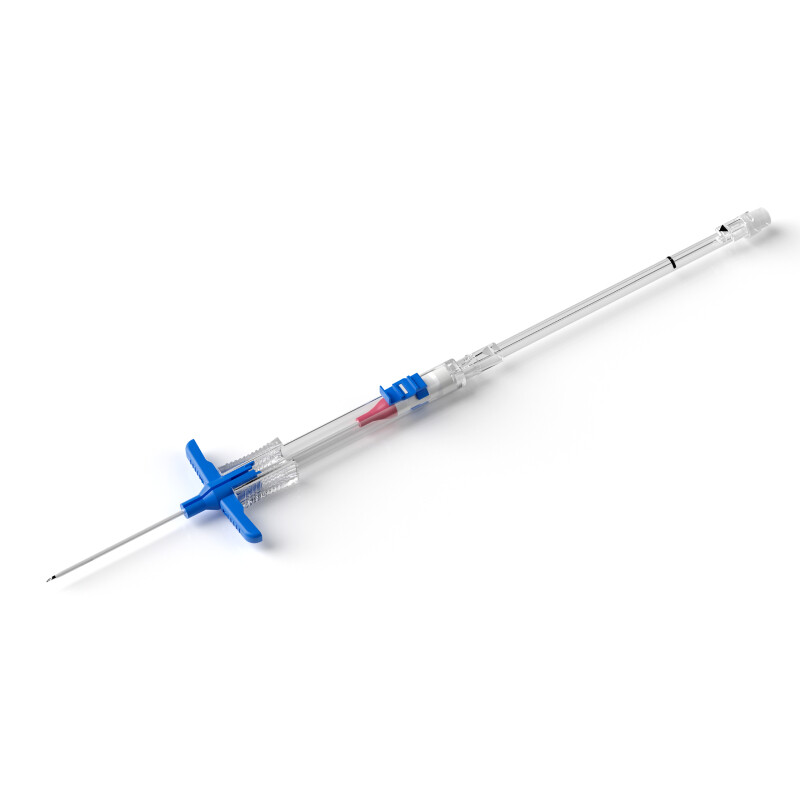
50k.png)


